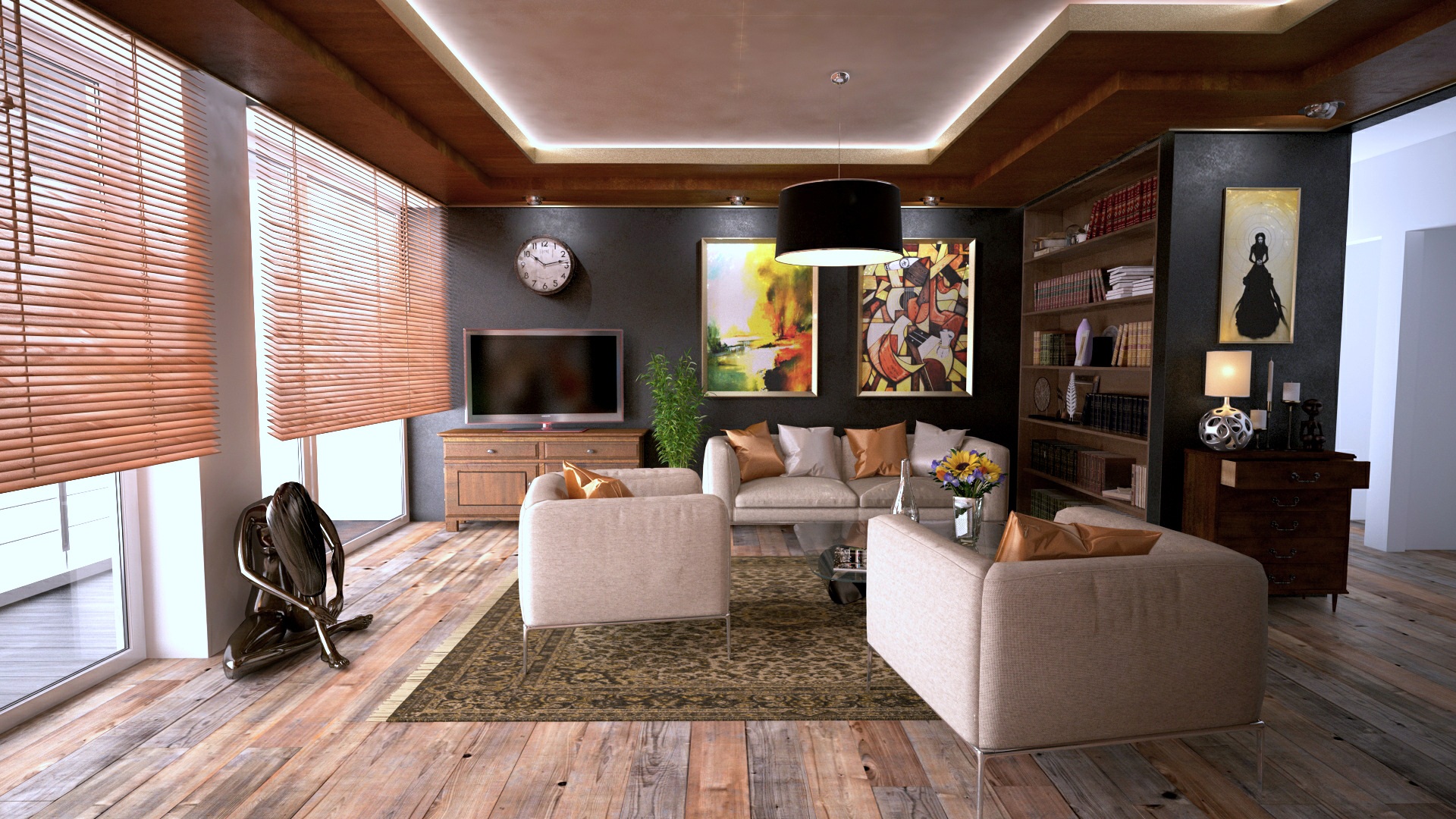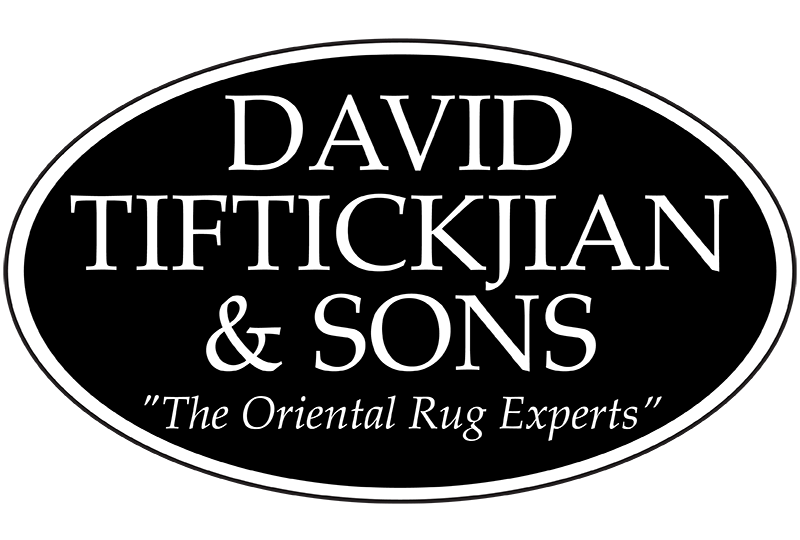 You finally have the rug you’ve always wanted. After endless planning, measuring, and searching, your new rug looks great in your home. It’s the perfect combination of color, craftsmanship, and pattern and you’re already looking forward to passing it onto the next few generations of your family. However, ensuring that your oriental rug will last for decades takes work. With the holidays coming up, its time to protect your investment. Keep an eye out for things that could cause problems down the line. Here are a few ways to protect your rug from some of their worst enemies.
You finally have the rug you’ve always wanted. After endless planning, measuring, and searching, your new rug looks great in your home. It’s the perfect combination of color, craftsmanship, and pattern and you’re already looking forward to passing it onto the next few generations of your family. However, ensuring that your oriental rug will last for decades takes work. With the holidays coming up, its time to protect your investment. Keep an eye out for things that could cause problems down the line. Here are a few ways to protect your rug from some of their worst enemies.
Moisture and Water
With winter comes a lot of moisture entering your home. Guests will no doubt track in snow and water on their boots. One of the most damaging elements for oriental rugs is prolonged exposure to water. It is an open invitation for insects and extensive exposure can rot the underlying fibers of your rug. A rug with mildew will become very stiff and is no longer flexible in a condition called “dry rot.” The rug can no longer be folded or rolled without cracking the foundation. Unless addressed immediately, rugs in this condition can rarely be saved. It is best to prevent water than to deal with the after effects. To avoid mold and mildew, completely and thoroughly drip and air dry your rug so that no moisture remains. To avoid excess water, place your rug in an area that does not have high traffic. Avoid placing your rug in a basement as well. The damp floor will cause the rug to absorb excess moisture over time.
Insects
One of the most common and damaging things for oriental rugs is the presence of insects. Moths can come in from the outdoors or from an infestation in your home. Carpet beetles develop from fiber and wool eating larvae. In fact, for moths and carpet beetles, their larvae do the damage. They lay their eggs in natural fibers, like cotton, wool, silk, and even leather. When the larvae hatch, they can do considerable damage. However, the damage is often repairable, but it is extensive. Repairs may be cost prohibitive compared to the value of the rug. To prevent insects from damaging your rug, vacuum, without too much suction, at least once a week. Every couple of months, flip your rug and vacuum the backside as well. Then sweep or mop under the rug so that it is completely clean.
Pets
We all love our pets. However, in their early months, puppies tend to teethe and will chew on whatever is most handy. This can be your rug. If your puppy seems to be too focused on your rug, sprinkle some moth flakes under the rug. Puppies hate the aroma and it will help them to stop chewing on your rug. Another issue is a lack of house training. Pet urine is highly damaging to rugs, particularly rug dyes, which can become bleached as a result, and cannot be corrected. If untreated, the smell can linger on the rug for a long time. If you notice an accident on your rug, lightly sprinkle baking soda and a white vinegar solution on the spill, then blot until dry. Repeat until no odor or residue is detected. Unless cleaned thoroughly, pets will return to the same spot over and again, which needless to say, is bad for your rug.
UV Light
With the weather cooling down, you may not think to protect your rug from the sun. However, just like with your skin, it is important to protect your rug year-round from UV rays. Antique rugs made with high quality, all natural dyes will soften over time in the strong light, but will not fade dramatically or change. However, rugs made with synthetic dyes will fade with prolonged exposure. Older synthetic dyes will fade dramatically and can even change colors. Protect both your rug and your skin by using a UV reduction film on your windows or by replacing the glass with UV protective panels. Another option is to use sheer curtains or drapery liners to decrease the amount of direct sunlight hitting your rug.
Spills
If you spill something on your rug, act quickly! If you wait, even if it is just water, the liquid can be absorbed into the fibers and be harder to remove after it has dried. Blot the spill with a dry, clean cloth, or paper towel, until it is completely gone, then allow to dry. Do not rub the stain, as it can push the stain more deeply into the rug and the fibers. For juice, wine or coffee stains. you can use club soda or a small amount of white vinegar mixed with warm water, then blot with a white clean cloth. If the spill contains oil, sprinkle the oil stain with flour and press a brown paper bag against it for at least 15 to 20 minutes. After the paper has absorbed the oil, sweep or vacuum the floor, then blot again with a clean, dry cloth. You can also rub a small amount of liquid dish detergent on the spill until it has emulsified, then wipe clean. If at any point it seems that the color from the rug is coming off onto your cleaning towel or paper, stop and call a professional rug cleaner.
Over time, grit and dirt become embedded so deeply that professional cleaning is required. Professional cleaning will remove this dirt as well as the surface soiling that gradually dulls the appearance of the carpet. Depending on the amount of traffic rugs experience, they should be cleaned every three to five years. It is strongly recommended that cleaning not be attempted by a “wash-at-home” service. Call Tiftickjian & Sons for all of your professional vintage and oriental rug cleaning services.


